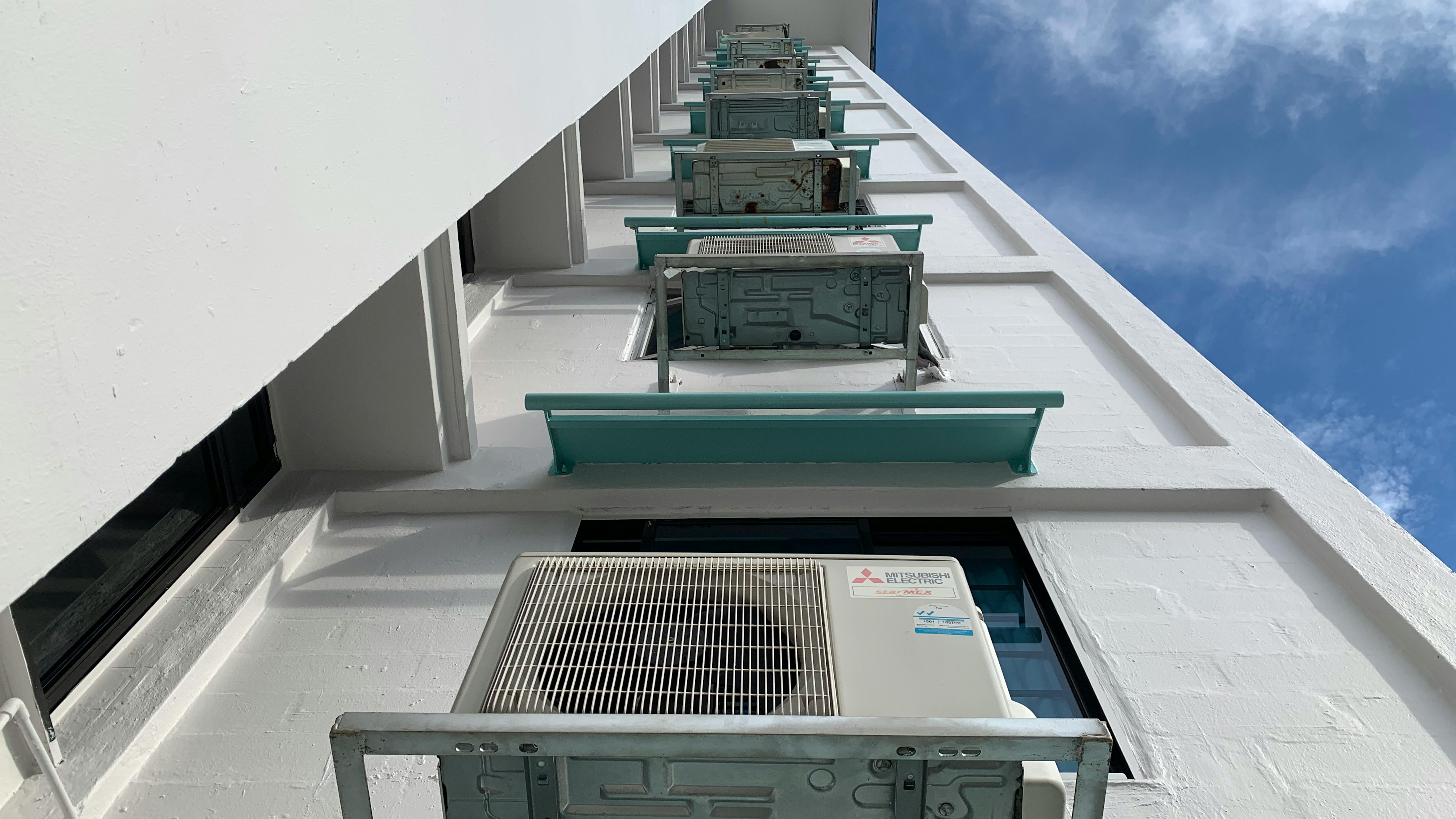In hot, humid Southeast Asia, the use of cooling technology has risen in step with the region’s growing affluence.
To continue listening, subscribe to Eco‑Business.
There's something for everyone. We offer a range of subscription plans.
- Access our stories and receive our Insights Weekly newsletter with the free EB Member plan.
- Unlock unlimited access to our content and archive with EB Circle.
- Publish your content with EB Premium.
Air-conditioning is a symbol of modernity and progress as well as a means to keep homes, offices and shopping malls cool, and the prevalence of AC is expected to jump from 40 million units in 2017 to 300 million units in 2040, half of which will be in Indonesia.
Air-con provides home comfort and boost works productivity, but it is a dangerously energy-intensive technology. It is the largest and fastest growing use of building energy in Southeast Asia, and by 2040 is predicted to account for 40 per cent of Southeast Asia’s electricity demand.
Part of the problem lies with the air-conditioning manufacturers. A study released in June found that the major makers of cooling technologies have been slow to innovate and continue to rely on century-old technology.

Professor James Trevelyan
But there have been pockets of innovation to make better air-conditioners. Australian engineer Professor James Trevelyan invented an air-conditioner that is smaller scale than regular AC units, more energy efficient, cheaper to run and less emissions intensive.
To discuss Southeast Asia’s cooling predicament, and how the region can keep cool without cooking the planet, Trevelyan joins the Eco-Business podcast to talk about:
- The impact of rising air-conditioning use on our climate
- Why is innovation in air-conditioning so slow?
- Air-con, luxury and progress
- How air-conditioning affects building design
- Air-conditioning and the spreading of disease
- The future of cooling technology













